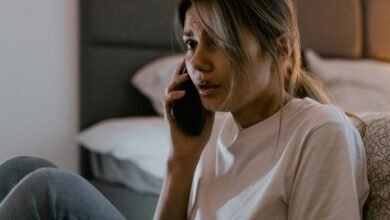Photoackmpa: O Uso de Imagens em Processos Judiciais

The integration of visual evidence in judicial processes has transformed courtroom dynamics. Images serve to clarify complex narratives and engage jurors more effectively. However, the ethical implications surrounding their use warrant careful consideration. Issues of consent, authenticity, and factual representation challenge the integrity of legal proceedings. The balance between persuasive imagery and accountability remains critical. What are the broader consequences of this evolving relationship between visuals and justice?
The Role of Visual Evidence in Courtroom Dynamics
Although the use of visual evidence in courtroom dynamics may seem like a contemporary innovation, its roots extend deeply into legal tradition, underscoring its significance in influencing juror perceptions and decision-making processes.
Visual persuasion enhances courtroom storytelling, allowing jurors to engage more profoundly with the evidence presented. This strategic incorporation of imagery not only clarifies complex narratives but also evokes emotional responses, ultimately shaping judicial outcomes.
Enhancing Juror Understanding Through Visual Aids
Visual aids serve as powerful tools in enhancing juror understanding, particularly when complex information must be communicated effectively.
By utilizing visual communication, attorneys can foster greater juror engagement, allowing jurors to grasp intricate details more readily.
This approach not only clarifies evidence but also supports the jury's decision-making process, ultimately contributing to a more informed and fair judicial outcome.
The Ethical Considerations of Using Images in Legal Settings
How do ethical considerations shape the use of images in legal settings?
The integration of visual elements necessitates careful navigation of consent issues and authenticity challenges. Legal practitioners must ensure that images are obtained with proper authorization and represent factual realities to uphold justice.
Ethical standards demand transparency and accountability, safeguarding the rights of individuals while maintaining the integrity of the judicial process.
Conclusion
In conclusion, the integration of visual evidence within judicial processes serves as a double-edged sword, reminiscent of the fabled Pandora's box. While it has the power to illuminate complex narratives and engage jurors, it simultaneously opens the door to ethical dilemmas surrounding authenticity and representation. Upholding the sanctity of justice demands a careful balance between persuasive imagery and accountability, ensuring that the courtroom remains a bastion of truth rather than a mere stage for compelling visuals.







